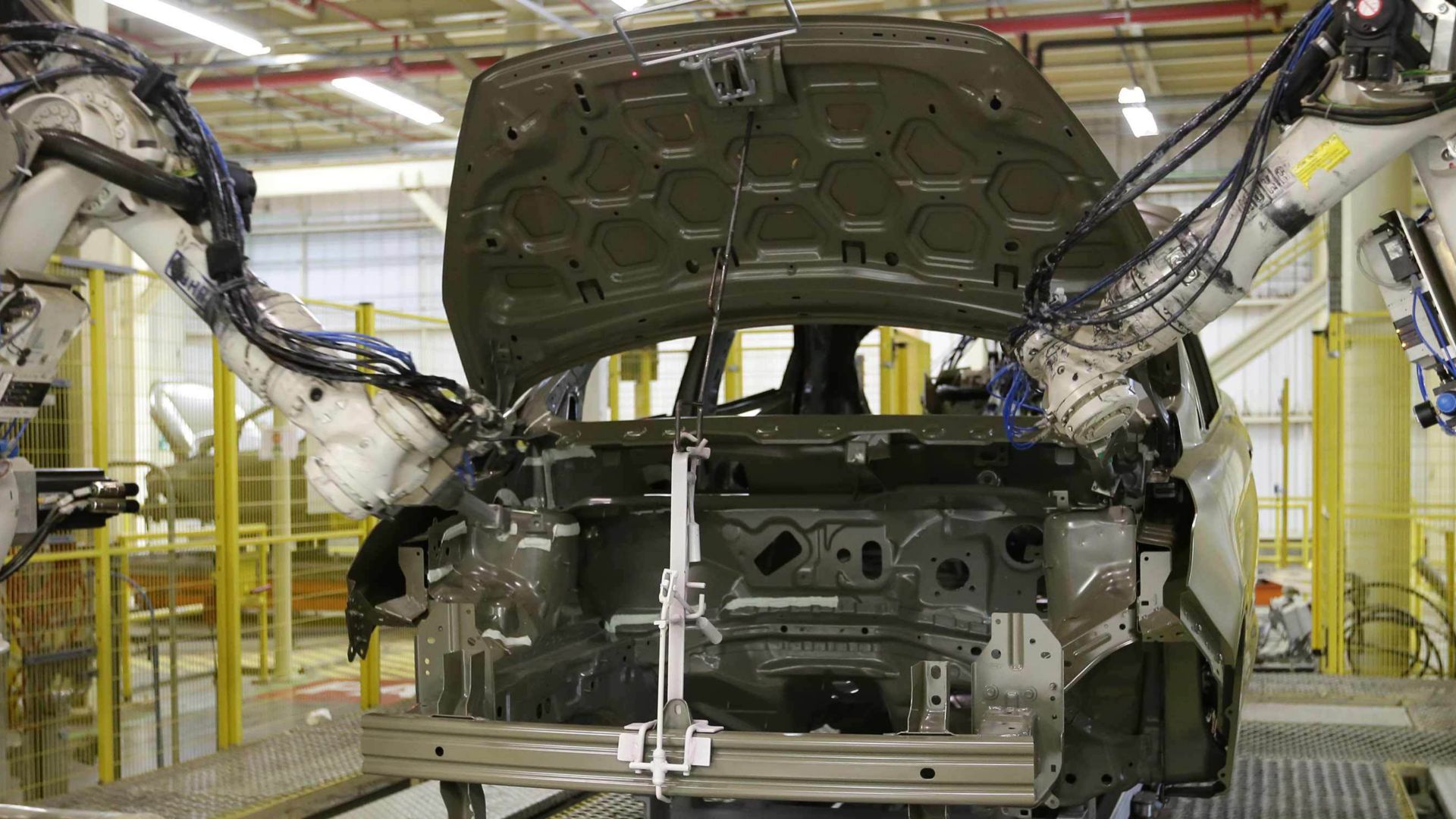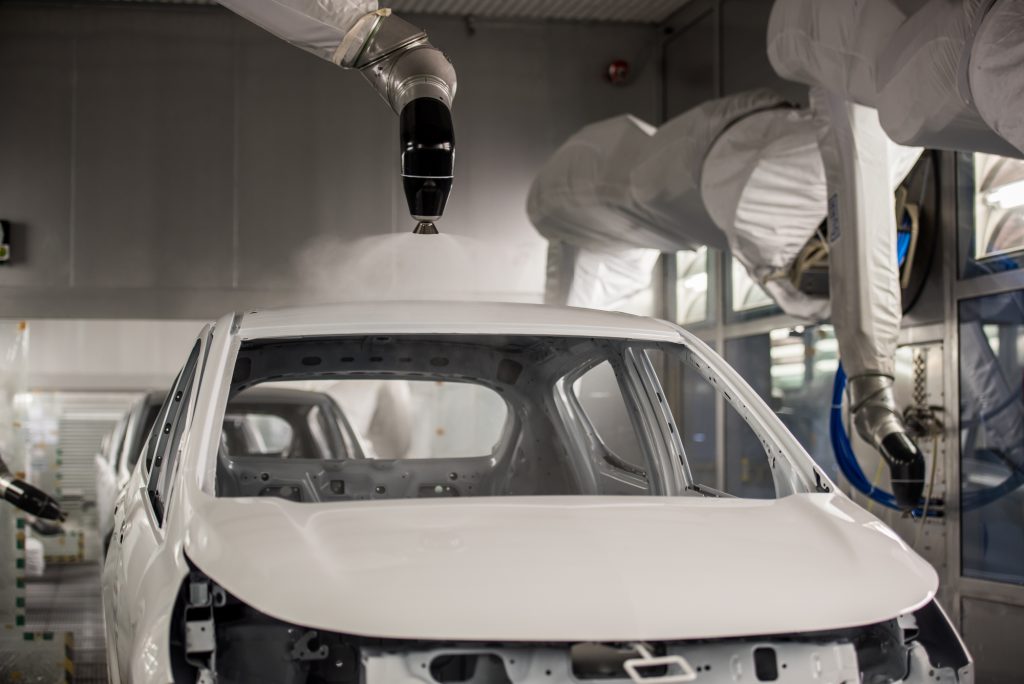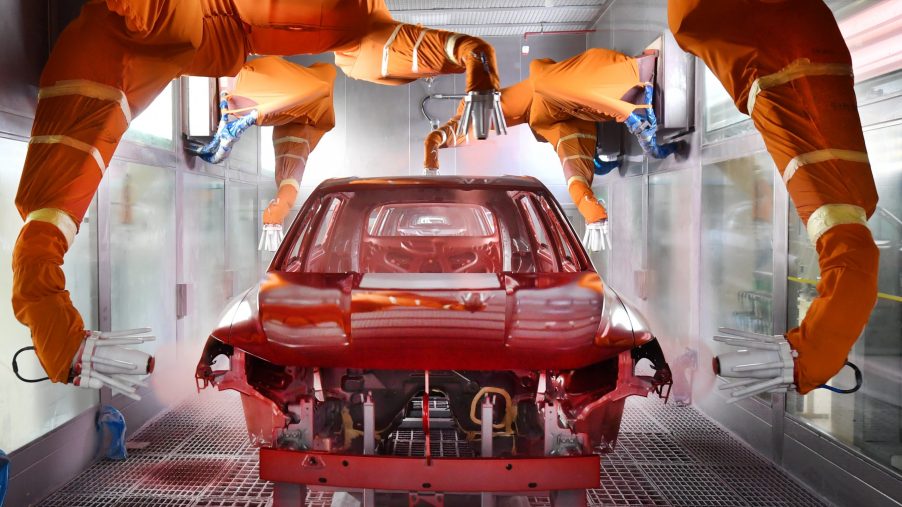Why is there a red section in the tachometer? It’s a question that has intrigued many car enthusiasts and industry professionals alike. The presence of the red section in a tachometer serves as a crucial visual guide, ensuring the safety and longevity of your vehicle’s engine. This article delves into the details to provide a thorough understanding of this critical component.

Understanding Tachometers
What is a Tachometer?
A tachometer is a device that measures the rotational speed of a shaft or disk, typically in a motor or other machine. This speed is measured in revolutions per minute (RPM). The tachometer aids drivers in maintaining their engines within optimal and safe operating ranges.
The Function of a Tachometer
The tachometer is instrumental in monitoring the engine’s performance. By observing the RPM, drivers can make informed decisions about shifting gears and adjusting speeds. It ultimately helps in enhancing vehicle performance and fuel efficiency.
The Red Section in the Tachometer
Purpose of the Red Section
The red section on a tachometer, often referred to as the ‘redline,’ indicates the maximum RPM that an engine can handle without incurring damage. Exceeding this limit can result in severe engine damage or even engine failure.
Why It’s Important
Understanding and respecting the redline is vital for any driver. It is designed to safeguard the engine from over-revving, which can lead to overheating, increased wear and tear, and complete engine failure.
Components Influencing the Redline
Engine Design
The redline varies based on the design and configuration of an engine. High-performance engines tend to have higher redlines due to their ability to handle greater stress and higher RPMs.
Material Strength
The materials used in the engine components, such as the crankshaft, rods, and pistons, contribute significantly to the redline. Stronger, more durable materials allow the engine to endure higher RPMs without failure.
Factors Affecting the Tachometer Reading
Load and Power
The load on the engine and its power output impact the tachometer reading. Increased load typically results in higher RPMs, pushing the needle closer to the redline.
Engine Condition
A well-maintained engine operates smoothly and efficiently, maintaining RPMs within safe limits. Conversely, a poorly maintained engine is more likely to experience issues that drive the RPMs into the red zone.
Impacts of Ignoring the Redline
Engine Damage
Continuous operation in the red zone can cause significant damage to engine components, including the valves, pistons, and connecting rods. This damage can result in costly repairs or complete engine replacement.
Decreased Efficiency
Operating at excessively high RPMs leads to increased fuel consumption and decreased efficiency. It can also shorten the lifespan of the engine, necessitating more frequent repairs and maintenance.
Maintenance Tips for Optimal Engine Performance
Regular Servicing
Adhering to a regular maintenance schedule can keep your engine in peak condition, preventing it from frequently hitting the redline. Routine checks and servicing are vital to ensure all components are working correctly.
Use Quality Parts
Investing in high-quality parts and fluids can make a substantial difference in engine performance. Quality components are less likely to fail under stress, reducing the risk of hitting the red zone.
Technology Enhancements in Tachometers
Digital Tachometers
Modern vehicles often feature digital tachometers, which provide more precise and easily readable RPM measurements. These devices can offer additional data and alerts, enhancing driver awareness.
Mechanical vs Digital Tachometers
While traditional mechanical tachometers rely on physical components to measure RPM, digital tachometers utilize electronic sensors for accuracy. Each type has its advantages, depending on the vehicle’s design and the driver’s preferences.
Industry Regulations and Standards
Safety Standards
There are stringent safety standards and regulations governing the design and manufacturing of tachometers. These standards ensure that drivers receive accurate and reliable RPM readings to make informed decisions about their vehicle’s operation.
Certification Requirements
Manufacturers must adhere to certification requirements to verify that their tachometers meet industry standards. This certification provides assurance of the device’s quality and reliability.
Conclusion
In summary, the red section in the tachometer is a critical feature for vehicle safety and longevity. Understanding its importance and respecting the redline can prevent catastrophic engine damage and ensure optimal vehicle performance. Regular maintenance and using quality parts further contribute to keeping your engine within safe operating limits. By being aware of these factors, drivers can make more informed decisions and maintain their vehicles more effectively.

FAQs
What happens if I go past the redline?
Exceeding the redline can cause severe engine damage. The components may overheat, wear down rapidly, or even break, leading to expensive repairs or total engine failure.
Do all cars have a redline on their tachometers?
Most modern cars have a redline indicated on their tachometers. However, the exact position and RPM value of the redline can vary depending on the vehicle’s engine design and performance capabilities.
Is it possible to increase my engine’s redline?
Increasing an engine’s redline is possible but not advisable for most drivers. It typically requires upgrading components to handle higher stress, which can be costly and may void vehicle warranties. It is best to consult with a professional before attempting any modifications.
External Reference
For further information on digital and mechanical tachometers, visit this detailed guide by Britannica.
